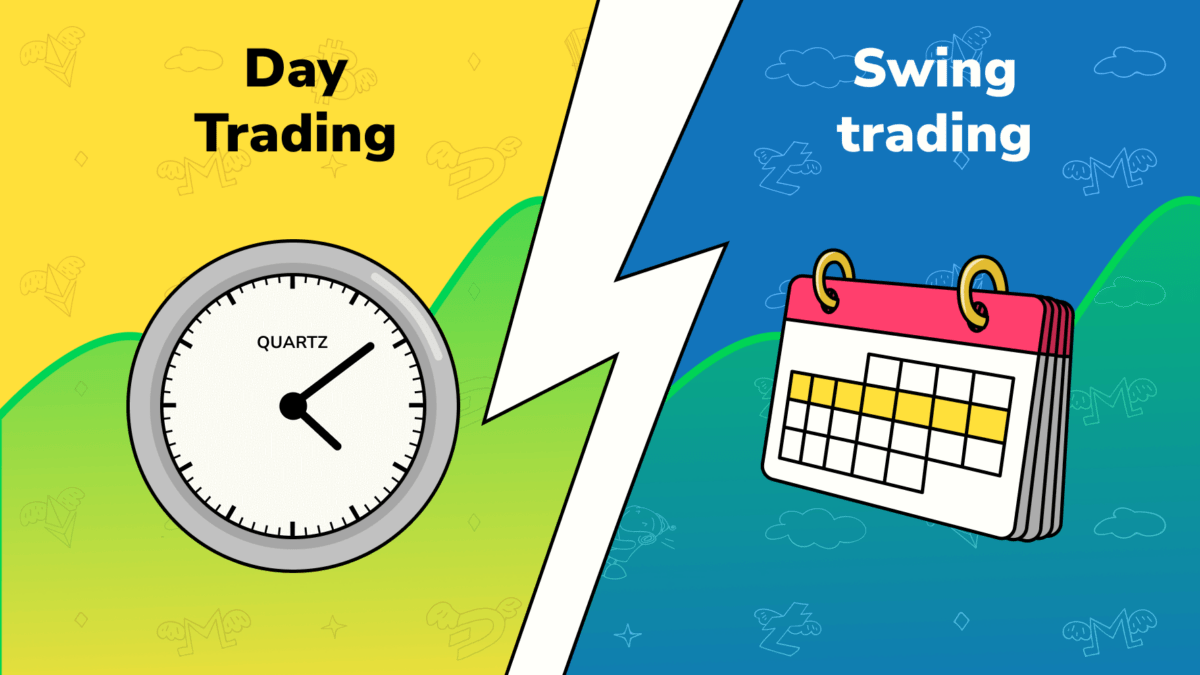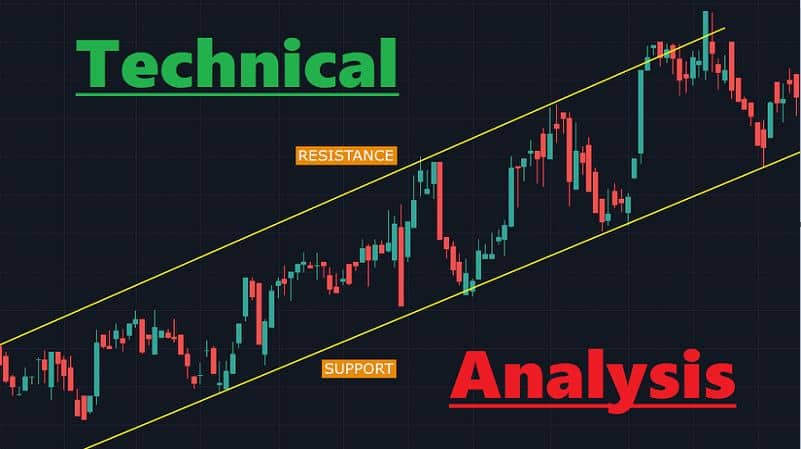Trading offers various approaches for different financial goals, risk tolerances, and time commitments. Whether you’re looking for quick profits or long-term gains, choosing the right trading style is essential for success. In this post, we’ll explore three popular types of trading—day trading, swing trading, and options trading—and their unique characteristics, so you can determine which one aligns best with your objectives.
1. Day Trading
What is Day Trading?
Day trading is a fast-paced trading style where positions are opened and closed within a single trading day. The goal is to take advantage of small price movements and capitalize on short-term market trends. Day traders typically focus on high-liquidity assets like stocks, forex, and cryptocurrencies to ensure they can enter and exit trades quickly.
Key Features of Day Trading:
- Time Commitment: High; requires monitoring the markets throughout the day.
- Trade Volume: High; traders often make multiple trades per day.
- Holding Period: Extremely short; positions are not held overnight to avoid price gaps.
Pros and Cons of Day Trading:
- Pros:
- Quick results and potential for high returns.
- Positions are not exposed to overnight risks, such as unexpected news or market changes.
- Cons:
- Requires significant time, focus, and quick decision-making skills.
- Can be mentally taxing and requires rigorous discipline.
Is Day Trading Right for You?
Day trading is best suited for those who thrive in a high-intensity environment and can dedicate considerable time to monitoring market fluctuations. It’s important to note that it requires a deep understanding of technical analysis and fast reaction times to capitalize on market movements.
2. Swing Trading
What is Swing Trading?
Swing trading involves holding positions for several days to weeks, aiming to profit from price “swings” or trends. Rather than focusing on quick gains, swing traders identify assets with potential for upward or downward momentum and ride those trends. This style is common in stock and forex markets and allows for a more flexible schedule than day trading.
Key Features of Swing Trading:
- Time Commitment: Moderate; traders check on their positions a few times per day rather than continuously.
- Trade Volume: Moderate; fewer trades than day trading, as positions are held longer.
- Holding Period: Days to weeks, allowing time for trends to develop.
Pros and Cons of Swing Trading:
- Pros:
- Offers flexibility for traders with other commitments since it doesn’t require constant monitoring.
- Provides opportunities to profit from more substantial price movements.
- Cons:
- Exposed to overnight and weekend risks, such as news that could impact markets.
- Less potential for quick gains compared to day trading.
Is Swing Trading Right for You?
Swing trading can be a good fit if you want to balance trading with other responsibilities. While it requires market knowledge and patience to hold positions, it also allows traders to take advantage of medium-term trends without the pressure of minute-by-minute decision-making.
3. Options Trading
What is Options Trading?
Options trading involves buying and selling options contracts that give traders the right, but not the obligation, to buy or sell an asset at a predetermined price by a certain date. Unlike traditional trading, options trading allows you to speculate on price direction and hedge against potential losses. This type of trading can be highly profitable but also carries higher risks due to the complex nature of options.
Key Features of Options Trading:
- Time Commitment: Variable; depends on the strategy and expiration dates.
- Trade Volume: Moderate to high; options traders often focus on specific contracts and strategies.
- Holding Period: Flexible, depending on expiration dates; could range from hours to months.
Types of Options Contracts:
- Call Options: Allow the trader to buy an asset at a specified price within a certain time frame.
- Put Options: Allow the trader to sell an asset at a specified price within a certain time frame.
Pros and Cons of Options Trading:
- Pros:
- High potential for returns with relatively low initial capital.
- Can be used for both speculative gains and risk management (hedging).
- Cons:
- Complex and requires a good understanding of options and their associated risks.
- High potential for loss if not carefully managed.
Is Options Trading Right for You?
Options trading is suitable for those who are comfortable with more advanced trading concepts and risk. It’s ideal for traders with experience who want a flexible and powerful way to leverage their trades and potentially limit their downside risks.
Conclusion
Each trading style offers unique opportunities and requires specific skill sets. Day trading suits those who want quick results and can commit to monitoring markets throughout the day. Swing trading is ideal for traders looking for flexibility and who are comfortable holding positions longer. Options trading provides versatile strategies for traders with experience and a higher risk tolerance.
Consider your lifestyle, risk tolerance, and financial goals to choose the style that best aligns with your needs. No matter which you choose, start by practicing with a demo account and gradually build your knowledge before committing significant capital. Happy trading!




